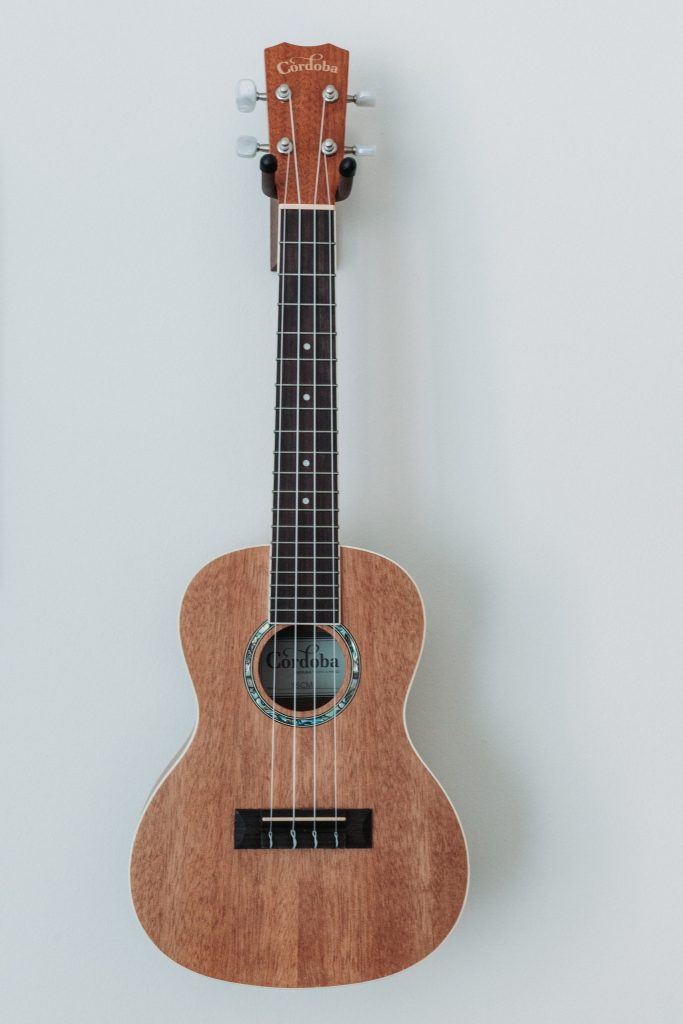Beginners’ Guide to the Best (Affordable) Acoustic Guitars
You may be considering learning to play an instrument as a fun way to pass the time you’re forced to spend at home right now, whether you’re hooked on all the Instagram Live concerts musicians are doing or motivated by the careers of recently lost legends like John Prine, Bill Withers, and Adam Schlesinger. The acoustic guitar, for example, is said to be more familiar and relaxing to a beginner than other easy-to-learn instruments such as flutes and electric guitars. According to Ronnie Brooks, the online commerce manager at Nashville’s Corner Music, “an acoustic guitar seems to be a little less frustrating during the learning process.” “Even without lessons, you can play songs with only a few chords.” Plus, as guitarist Taylor Hollingsworth said, inspiration is never far away: “Almost everybody has a favourite guitar song.” It’s also a hobby that doesn’t necessitate a sunny day, green fingers, or heavy machinery to enjoy.
Although acoustic guitars can cost upwards of a thousand dollars, you don’t need to spend that much to get started — all you need is to know what you’re looking for. Sunir Patel, the owner and key buyer at L.A.’s Truetone Music, says, “You can get an amazingly good guitar that’s great for beginners for less than $500.” However, with over 1,000 under-$500 acoustic guitars available at Guitar Center alone, you can need some help sorting through the choices. We asked Patel, Brooks, Hollingsworth (who calls himself the “king of cheap guitars”), and five other experts about the axes they’d suggest to any budding Bob Dylan to help you find the best affordable acoustic guitars for beginners. Try Acoustic guitar.
The best acoustic guitar for beginners in general
Martin’s made-in-the-USA guitars are recommended by five of our experts, with three of them naming this Martin LX-1 (affectionately known as the “Little Martin”) as the best acoustic guitar for beginners. “It’s one of our best-selling guitars,” Patel says, adding that “there aren’t many smaller guitars that sound this big, so it’s a great match for beginners.” Smaller-bodied guitars, like this one, are “great for the learner or first-time buyer, since they’re easier to carry and navigate,” according to Brooks. Click here to know more about guitar.
Hollingsworth and singer Christian Lee Hutson are both fans of Martin’s small-bodied guitar (both of whom have collaborated with Phoebe Bridgers and Bright Eyes). The Little Martin is “fantastic” for beginners, according to Hutson, but “you should also record with it” because the guitar “has such great intonation that it retains a melody no matter what.” The sound quality is fine, according to Hollingsworth, who says the Little Martin “sounds good in a million circumstances, particularly when you’re just messing around in your living room.” Even if it’s on the cheaper end of the acoustic guitar scale, Hollingsworth claims to know people who have “hung on to their Martins for more than 70 years.”
For beginners, the best small-body acoustic guitar is one that is less expensive.
If you like the concept of a smaller-bodied guitar but don’t want to spend a lot of money, two of our experts suggest this Gretsch model, which is close in size to the Little Martin. “The small body makes it easy to hold,” says Patel, who adds that “the quality is outstanding, particularly given the price.” Hollingsworth likes this guitar as well, telling us that he’s played it as well as other Gretsch types and “likes them all.” He also mentions that Chet Atkins, the founder of the Nashville Sound, was a Gretsch player.
Two of our experts suggest this Yamaha acoustic guitar if you want to learn to play full-size guitar but don’t want to spend a lot of money. Hutson says, “It’s one of the first guitars I ever used, and I still play it now and then.” It’s also the guitar he used to record his first album. The Yamaha is a “pretty pure, simple-sounding acoustic guitar” that is still “sturdy and sweet,” according to him. “If you want to buy something new, Yamaha is still pretty trustworthy,” says musician James Elkington. “People still valued the Yamaha guitars they started on just as much as the fancier Gibson and Martin versions they progressed to,” Elkington, who worked in guitar stores for more than a decade, adds.
Classical guitars, as opposed to the steel strings seen on the other models on this list, have nylon or gut strings and are designed to play more traditional baroque or flamenco music. This Alvarez guitar (which The Districts’ Rob Grote also likes) is the entry-level model to beat for classical players, according to Patel: “It would be hard to find a classical model at this price that compares in quality,” he says, adding that its “slimmer neck makes it easier to play.” Brooks explained that Alvarez, which is based in Asia, has “gotten increasingly better over the years, to the point where they compete very ably with many U.S. brands.”

